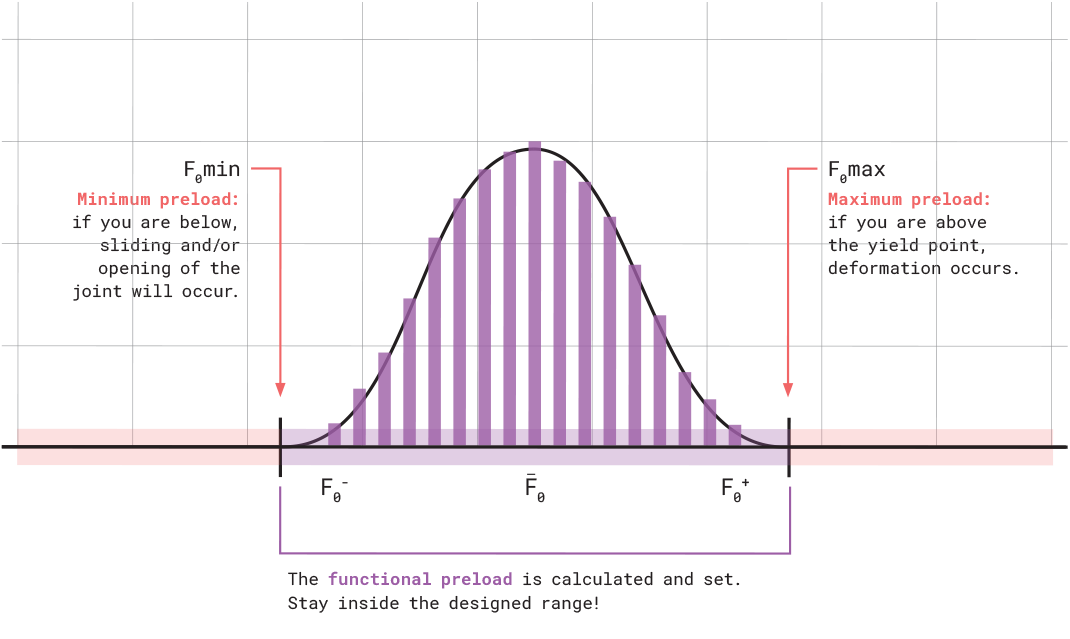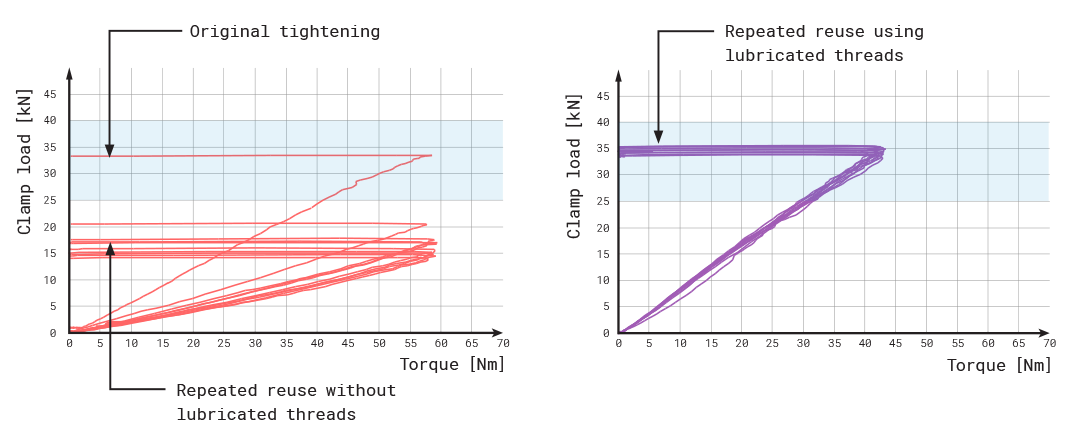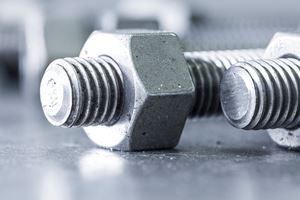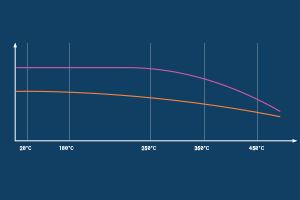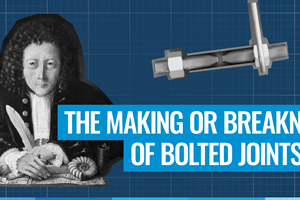Get engineering and bolting insights delivered straight to your inbox. Subscribe to our insights newsletter now!
What to consider when reusing bolted joints?
Email your questions about bolting technologies to experts@nord-lock.com
A bolt is installed in a factory without lubrication and everything works fine… until the first time the bolt is removed and reused. Then the problems start. Why?
In the designing process an engineer sets the preload range for a joint, as shown in Figure 1 — so the parts don’t open or start to slide, and that the yield strength will not be exceeded on any of the parts. The friction coefficients are a part of the calculation to find the nominal torque needed to achieve the correct preload.
The bolt contact area is flattened during the first tightening operation due to the surface roughness and irregularities. What happens during reuse is that the friction increases because of the bigger contact area generated at the 1st tightening. This means you need a higher tightening torque to achieve the same preload you had during the first tightening. If, instead, you simply use the same initially-recommended tightening torque during reuse, the result is less achieved preload.
Figure 1
Tightening without lubrication
The graph in Figure 2 illustrates a M12 grade 8.8 bolt which has been tightened for the first time and then reused without any lubrication. The design engineer’s preload range is marked in blue. The first-time tightening is clearly inside that range and everything works fine. However, because of friction effects, the first time the fastener is reused a higher tightening torque is needed to get the required preload. An example might be a machine that has been working fine since it came from the manufacturer. Then the first maintenance overhaul is done after, for example, a year. When the bolt is reused, following the instructions from the manufacturer, and tightened to what is thought to be the correct torque, the achieved preload is below the range originally determined by the engineer. This is when the problems occur. The preload is too low, and the parts can start to slide, meaning the joint will loosen and/or the bolt breaks.
Figure 2 and 3
Conclusion
Reusing bolted joints without proper lubrication is quite a gamble. It may be tempting not to use lubrication to save time, or may not be possible due to, for example, hygiene reasons. But it’s important to be aware that the drop in preload between the first time installation and the first reuse without lubrication can be very large, and also vary a lot. This means the achieved preload cannot be accurately predicted. If lubrication is not used, then it would be safer to change the fasteners each time, rather than to reuse them. If the fasteners are to be reused, then it is strongly recommended to use a good uniform lubrication. It is very important that the bolts are cleaned and lubricated again with the same lubrication. This will restore the friction conditions to its original level, maintaining the clamp load within the predefined range (see Figure 3).
If you start to use lubrication, make sure that the tightening torque is adjusted to fit the new friction condition and values. If you need assistance, please contact Nord-Lock Group experts@nord-lock.com



